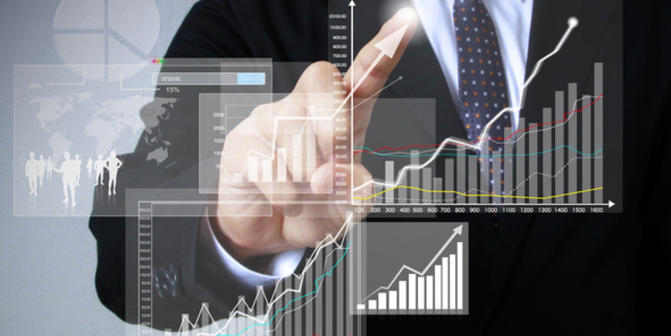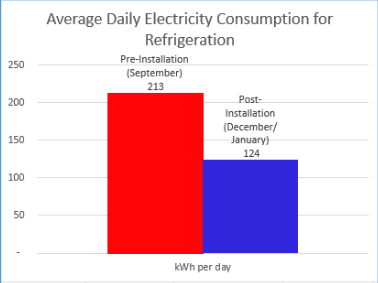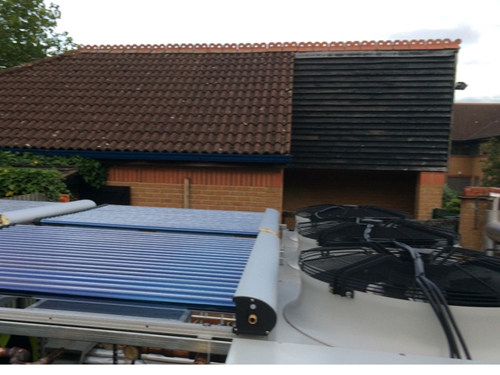How Energy Efficiency is Key to Running a Business.
Value for money is often talked about in business circles. A big part of that for any new enterprise (or old one, for that matter) is making sure not a single Rand is wasted, whether on stationery, staffing costs or energy. While it is not always the biggest expense in a business’s balance sheet, energy costs can make the difference between profit and loss.
 Energy efficiency is not difficult to achieve. By taking a few simple steps to cut out waste, your next electricity or gas bill will look more affordable than you think. First, you must identify anything that is being wasted. Examples include:
Energy efficiency is not difficult to achieve. By taking a few simple steps to cut out waste, your next electricity or gas bill will look more affordable than you think. First, you must identify anything that is being wasted. Examples include:
- Appliances and apparatus such as computers unnecessarily left plugged in
- Lights being left on when no-one is in your business’s premises
- Appliances being used more than they are needed
Renewable Sources.
Investment in renewable energy sources by some of the leading energy providers is growing. Two years ago, widespread investment was announced for projects such as the construction of hydroelectric dams. To further your business’s energy efficiency drive, look at where your electricity comes from. If it’s from dams or wind turbines, it may be cheaper than the norm.
By getting your energy from sources other than coal or nuclear power, your business is likely to benefit from a good public image. Being environmentally friendly will help your business to stand out and appeal to ethically-minded customers.
Asking someone like RSM South Africa to perform a business audit will take into account energy use. If getting your electricity supply from a renewable source – solar, hydroelectric, wind – it will show in your audit. This is especially important if you have your own solar panels, turbine or generator.
Small Changes
To bolster your company’s energy efficiency drive, it is definitely worth looking for appliances that use less electricity than the ones you have. Find out how much energy all of your computers, your server, lighting, heating and air conditioning use. If there are more efficient alternatives, consider switching to them and watch those energy bills shrink before your eyes.
The South African Government’s National Energy Efficiency Programme was created with businesses and households in mind. Part of it involves issuing of Energy Performance Certificates (EPCs). These are given to buildings to show how efficient they really are.
Every commercial building should have an EPC. If it has a good rating, you should be okay to move into the building. If you want to relocate to a new building to become greener, ask the landlord for its EPC.



 At this point in time (and to my knowledge) the only way to run your air cons in your home off a solar solution is to install Solar PV Panels, batteries, inverter and chargers for either a stand alone or grid tie system.
At this point in time (and to my knowledge) the only way to run your air cons in your home off a solar solution is to install Solar PV Panels, batteries, inverter and chargers for either a stand alone or grid tie system.



 In the last few years, the influx of LED lighting has dramatically increased. Like all new things that save energy, the market has responded well to the offer of LED.
In the last few years, the influx of LED lighting has dramatically increased. Like all new things that save energy, the market has responded well to the offer of LED.


 With the warmer weather well and truly here, most of us prefer to shower than bath and many us may believe that showering uses less water than bathing…
With the warmer weather well and truly here, most of us prefer to shower than bath and many us may believe that showering uses less water than bathing… First and foremost, get an energy and water saving shower head like this one. This shower head ( the Cobra Pulse Massage Rose) has a guaranteed flow rate of just 9 Litres per minute. This alone would cut the shower water and electricity consumption by 55%.
First and foremost, get an energy and water saving shower head like this one. This shower head ( the Cobra Pulse Massage Rose) has a guaranteed flow rate of just 9 Litres per minute. This alone would cut the shower water and electricity consumption by 55%.
 Michael O’Connor said: “This is a showcase for how the SolarCool family of products performs in the Irish context. A comparable installation across a chain of 13 Filling Stations with convenience stores – the Spar-branded Kay Group in the North of England – has delivered a 36% reduction in electricity consumption on average across its stores over the last 13 months – in line with original projections from SolarCool”.
Michael O’Connor said: “This is a showcase for how the SolarCool family of products performs in the Irish context. A comparable installation across a chain of 13 Filling Stations with convenience stores – the Spar-branded Kay Group in the North of England – has delivered a 36% reduction in electricity consumption on average across its stores over the last 13 months – in line with original projections from SolarCool”. Chris Micallef, technical director for SolarCool International said: “We have retrofitted SolarCool to many different makes of chiller around the world and this system is no different. Therefore we fully expect to achieve savings in line with suns availability as we do elsewhere. In the Bahamas for example we achieve ROI’s as low as six months, simply because they get lots of sun. However we still expect this system to achieve an ROI of no more than two years.”
Chris Micallef, technical director for SolarCool International said: “We have retrofitted SolarCool to many different makes of chiller around the world and this system is no different. Therefore we fully expect to achieve savings in line with suns availability as we do elsewhere. In the Bahamas for example we achieve ROI’s as low as six months, simply because they get lots of sun. However we still expect this system to achieve an ROI of no more than two years.”